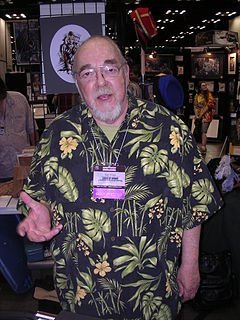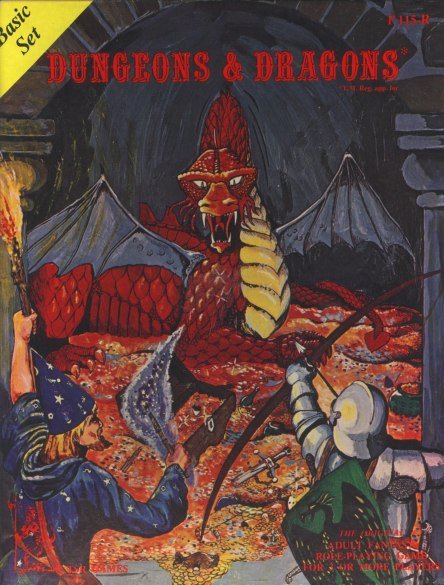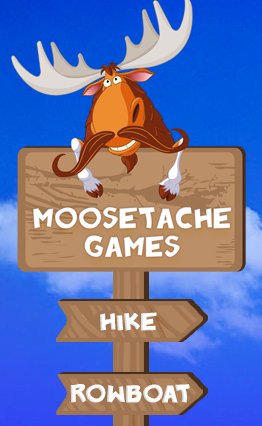by Ethan Gilsdorf
[originally appeared in the Boston Globe, Sunday Aug 21, 2011]
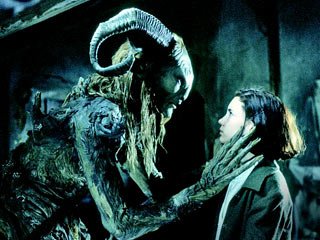 scene from del Toro's "Pan's Labyrinth"
scene from del Toro's "Pan's Labyrinth"
In director Guillermo del Toro’s estimation, most horror movies are cheap products to cash in, a quick and dirty way for studios to make a buck. Originality and artistry are discouraged.
“Few filmmakers,’’ del Toro said, “approach horror with the desire to create something either of substance or something beautiful or powerful. Most of the people just try to get a [big opening] weekend and DVD sales.’’
Del Toro, the man behind personal, vision-driven projects like “Cronos,’’ “The Devil’s Backbone,’’ and “Pan’s Labyrinth,’’ as well as the commercial successes “Blade II,’’ and two “Hellboy’’ films, has never seen horror as a temporary career move.
“I really think I was born to exist in the genre,’’ the quick-witted, outspoken Mexican filmmaker said in a telephone interview from New York City. “I adore it. I embrace it. I enshrine it. I don’t look upon it or frown upon it in a way that a lot of directors do. For me, it’s not a stepping stone, it’s a cathedral.’’
To make other kinds of film - comedy, drama - well . . . “I don’t think it’s in my DNA.’’
The latest spawn from del Toro’s imaginarium is “Don’t Be Afraid of the Dark,’’ a throwback to haunted house films of yore. Though he only co-wrote and produced the film - the director is newcomer Troy Nixey - “Don’t Be Afraid’’ (opening Friday) is still glazed with many familiar del Toro tropes: a dark prologue; the weight of ancient, historical forces; subterranean dungeons and mazes; and a hidden world of fantasy.
The original production was a 1973 ABC made-for-TV movie about a young couple in an abusive relationship who inherit an old mansion. Del Toro has claimed that, for his generation (he was 9 at the time), “Don’t Be Afraid of the Dark’’ was “the scariest TV movie we ever saw.’’
In 1998, del Toro began co-writing his version with Matthew Robbins, switching the focus to the couple’s daughter. Realizing the plot was too similar to “Pan’s Labyrinth,’’ he put the project on hold. “A young girl arriving at a foreign place, to an old mansion, discovering creatures underground,’’ del Toro said. “I didn’t want to repeat.’’
The film remained on the back burner of del Toro’s mind for more than a decade, but he kept pursuing it, finally beginning production two years ago. Shot in Australia, “Don’t Be Afraid of the Dark’’ is set in present day Rhode Island. We assume it’s Newport, given the lavish mansion an architect (Guy Pearce) and his interior-designer girlfriend (Katie Holmes) have renovated and moved into. The architect’s introverted daughter, Sally (Bailee Madison from “Bridge to Terabithia’’), reluctantly joins them.
The film traffics in another frequent del Toro theme: fantasy as escape from conflict. In “Pan’s Labyrinth,’’ against the backdrop of Fascist-era Spain, a girl suffers under a totalitarian father. While “Don’t Be Afraid of the Dark’’ isn’t set during wartime, Sally feels besieged by her parents’ divorce. Ignored by the adult world, she hears whispers from the basement. Her parents don’t believe the mischievous, rat-like homunculi that pour from the house’s innards truly exist. This is another classic del Toro thread: It’s the lonely, abandoned child who finds the secret doorway to the spirit and fairy world.
“I decided to turn it into a sort of very dark fairy tale,’’ del Toro said, “that taps into universal fears, the invasion of the most intimate spaces, the home, the bedroom, the bed. Little by little we show that these creatures can be anywhere at any time watching from the dark.’’
The de rigueur prologue concerns the previous owner of Blackwood Manor, a Victorian-era, Audubon-like illustrator and naturalist who became enslaved to an ancient evil inhabiting the basement’s ash pit. This opening back story (told in flashback) infuses the present with the horrifying past, but del Toro keeps his modern day protagonists in the dark. The gap between what the audience and the characters know is meant to provide the story’s urgency and tension.
“I think that no matter what culture you come from,’’ del Toro said, “the darkness and what lurks in it is an absolutely common fear. I think that ‘Don’t Be Afraid of the Dark’ taps into the most primal, almost universal, childhood fears. That’s what attracted me from the get-go to the idea of making this remake a complete re-telling of this story.’’
The former special effects makeup designer has his own aesthetic: a melding of the man-made past - the handcrafted technology of wood, leather, brass, iron - and the organic world of slugs, bugs, and tentacles. He has a fascination with mechanical gadgets, the colors amber and steel blue, and body parts embalmed in jars. You might say he’s invented his own genre: not the clockwork and piston of “steampunk,’’ but gut-and-gears “steam-gunk.’’
The goal is never to gratuitously freak us out. Rather, he aims to touch us. Of the boy ghost in “The Devil’s Backbone,’’ del Toro said he made him more “pitiful and beautiful’’ than scary. In “Cronos,’’ he depicted a sympathetic vampire. Even the crowd-pleasing action movies “Hellboy’’ and “Hellboy II’’ fit the del Toro ethos of flawed hero-outcasts; the protagonist, an orphaned demon rescued from Nazis, grows into a pathos-filled, cigar-chomping wiseacre, acutely aware of his oddball nature and still compelled to save the day. In “Pan’s Labyrinth,’’ del Toro created a “real world far more brutal . . . than the world of horrors that the girl experiences.’’ He has been unwavering, he insisted, in his intention “to make beautiful and moving images and beautiful and moving stories within the genre.’’
This time around, to realize those images and stories, he handpicked Nixey, a 39-year-old Canadian comic book illustrator for the Batman franchise and Neil Gaiman’s “Only the End of the World Again,’’ among other things. Nixey had made just one short film, “Latchkey’s Lament.’’ It captured del Toro’s attention.
“I saw that short. It’s really, really quite beautiful.’’ Watch it on YouTube, he said, “and you can see why he got the job.’’
Nixey still can’t believe that’s how he came to direct “Don’t Be Afraid,’’ but he was always clear that making his short would help cement his talent for filmmaking. “When I set out to make ‘Latchkey’s’ it was with the intention of proving that yes, OK, I can do this. I can think in terms of a movie,’’ said Nixey, a 17-year-veteran of the comics industry, speaking via telephone from New York. “But my first love had always been movies. This was me seeing if this was in fact what I was supposed to do.’’
Because “Don’t Be Afraid’’ was Nixey’s first feature film, del Toro was “very, very involved’’ in the production. “It’s the only movie I have produced where I have been almost 90 percent of the time on the set, every day,’’ del Toro said. “It was a big job to go from a short film . . . to something that intricate and that complicated.’’
Nixey agreed it was “a big leap’’ to direct a star-studded, multimillion-dollar film, but having what he called “my favorite filmmaker’’ and “a creative genius’’ nearby helped. “He [del Toro] said at the beginning, ‘I’m here when you need me and I’m not when you don’t.’ But I’m no dummy. He’s this amazingly talented, successful filmmaker with an imagination that I’ve never seen before. So, yeah, why wouldn’t I want to pick his brain when I had questions?’’
To see this Nixey-del Toro collaboration, audiences have had to be patient: The film was actually finished in 2010, but the protracted sale of Miramax delayed its release by months. Not only that, but del Toro fans have been wondering when their beloved master will direct again; he’s served as producer on this film and consultant or producer on more than a dozen other recent projects, but he hasn’t helmed a picture since 2008’s “Hellboy II: The Golden Army.’’
Del Toro has been bedeviled by bad luck and bad timing. He relocated to New Zealand to co-write and direct “The Hobbit,’’ but when that production repeatedly stalled, he backed out. Currently, Peter Jackson is filming the two-part adaptation of Tolkien’s fantasy book.
“We stay in touch,’’ del Toro said about his relationship with Jackson. “I said what I had to say. I really love having had the experience. Now it’s in Peter’s hands and I’m actually waiting for it to come out and I’ll be the first in line.’’
After “The Hobbit,’’ a $150-million, 3-D adaptation of H.P. Lovecraft’s novella “At the Mountains of Madness’’ was announced as del Toro’s next project, but studios balked at the price tag. It turns out del Toro’s next directorial effort will be a Japanese-style monsters versus robots film called “Pacific Rim,’’ which at this year’s Comic-Con he boasted would feature “the finest [expletive] monsters ever committed to screen.’’ Convinced that video games will continue to intersect with film and TV in “multi-platform world creation,’’ del Toro is also midway through “apprenticeship into the gaming world,’’ a multi-year project designing a Lovecraftian horror game called “inSANE.’’ He's also releasing book three in his horror novel trilogy "The Strain" (co-authored with Chuck Hogan); the final volume "The Night Eternal" comes out October 25, 2011.
Whatever the medium, del Toro keeps pushing the boundaries of this horror genre, which he said continues to be stigmatized because it depends on a visceral, not intellectual reaction.
“Being scared is often regarded as a childish or immature emotion,’’ del Toro said. “It’s very hard for the critical audience to admit they got emotional in a movie. It’s sort of admitting defeat.’’
If that’s the case, then may del Toro keep conquering us.
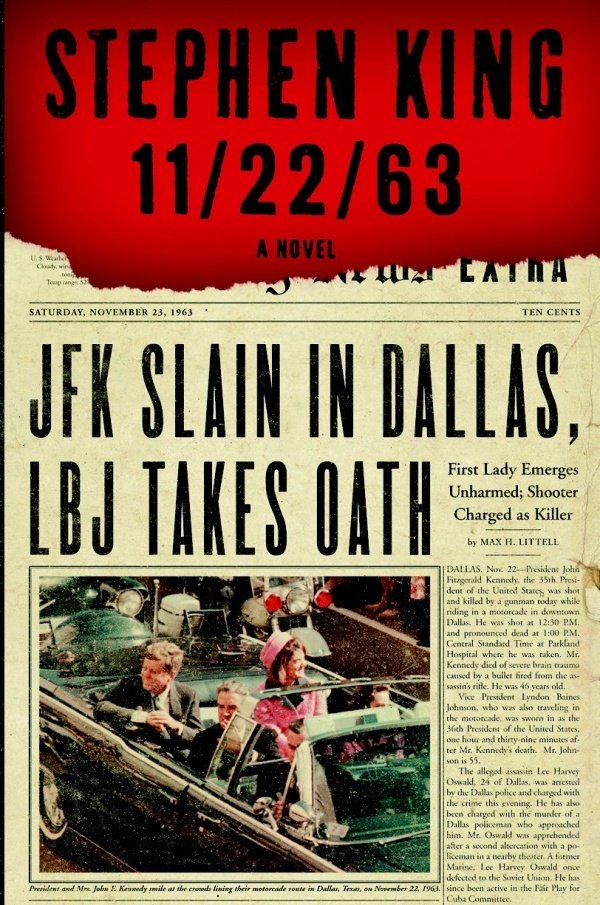






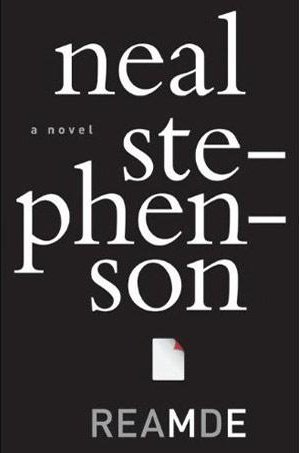

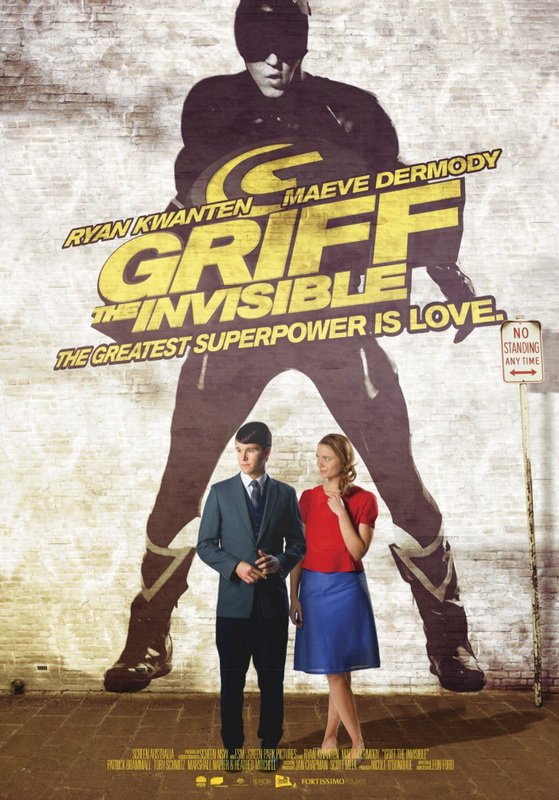

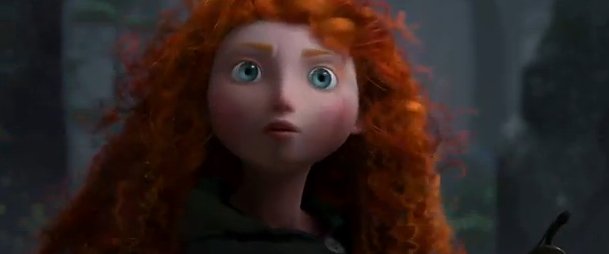
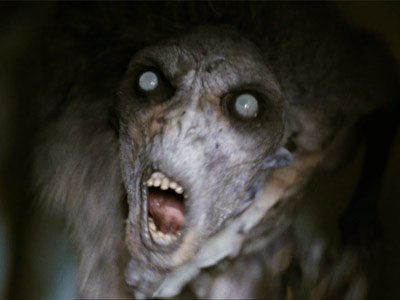
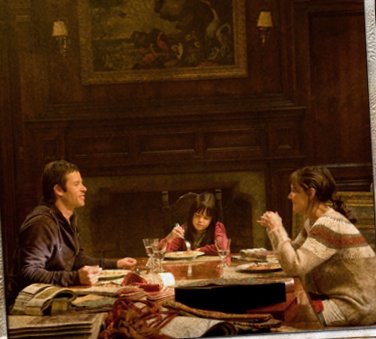
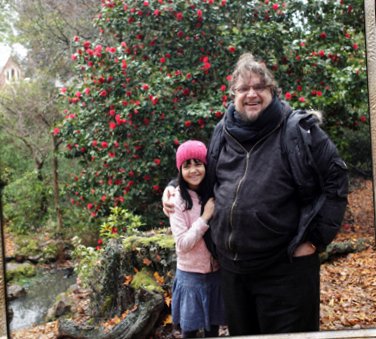

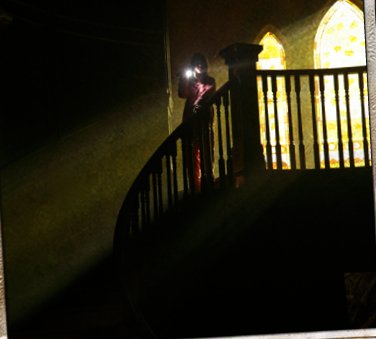

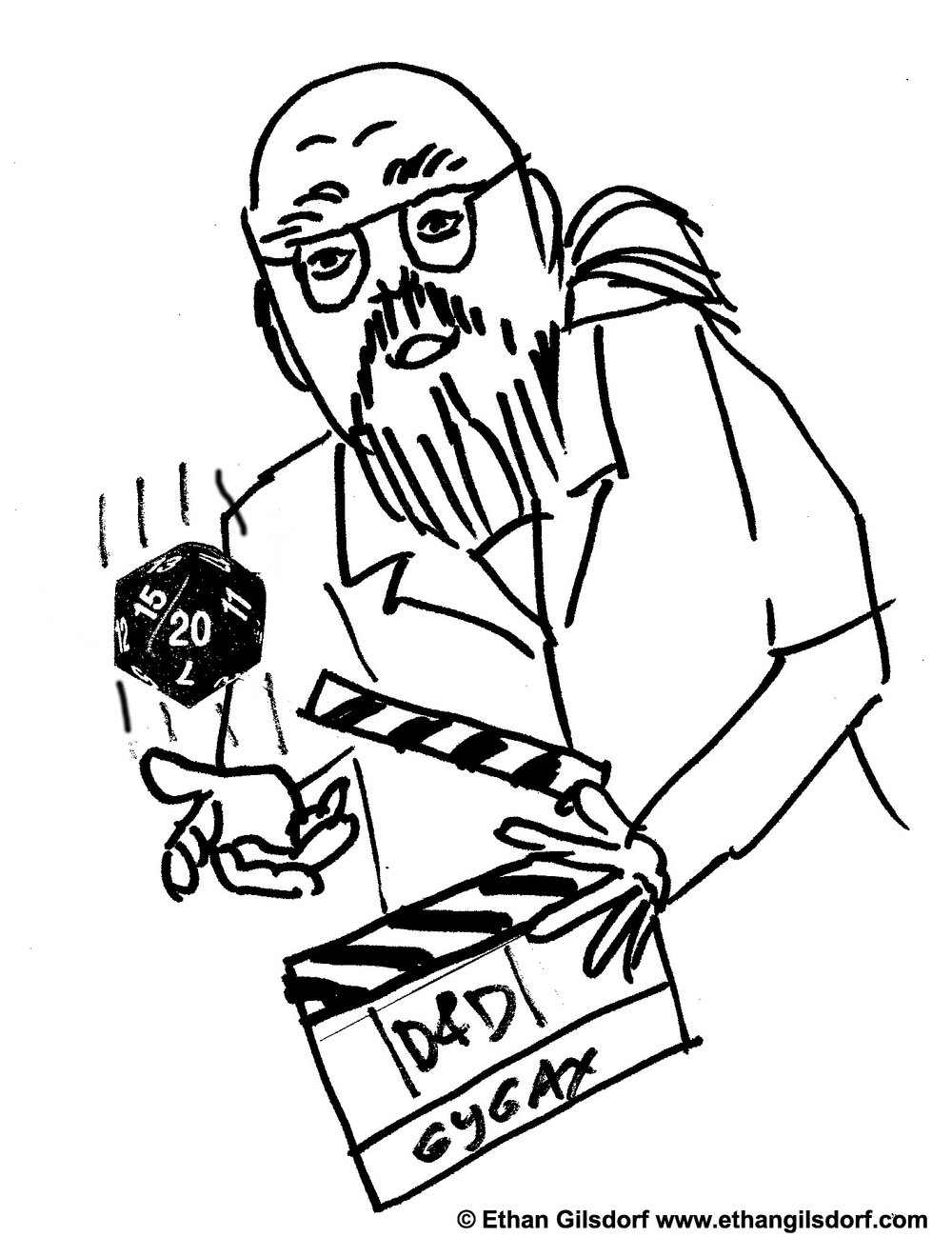
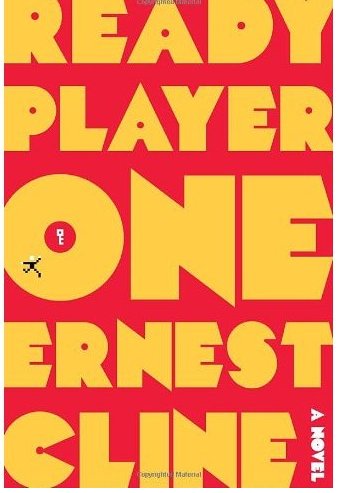
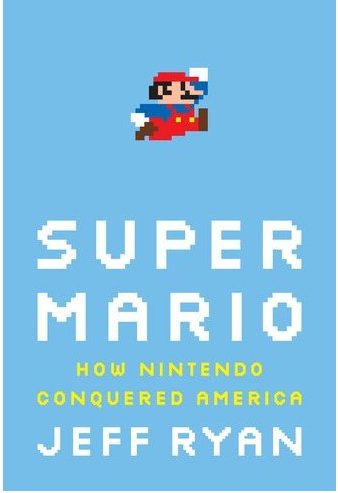
 Ryan, a video game critic, painstakingly charts the Japanese company Nintendo’s startling success. When its 1980 Space Invaders rip-off Radar Scope failed, technicians retrofitted 2,000 of the machines with a new arcade game, designed by an underling named Shigeru Miyamoto. Donkey Kong was born, as was the character Mario, based on a real mustachioed landlord who once showed up at Nintendo’s US headquarters to collect the rent and “grew so incensed he almost jumped up and down.’’ The red overalls and hat came later.
Ryan, a video game critic, painstakingly charts the Japanese company Nintendo’s startling success. When its 1980 Space Invaders rip-off Radar Scope failed, technicians retrofitted 2,000 of the machines with a new arcade game, designed by an underling named Shigeru Miyamoto. Donkey Kong was born, as was the character Mario, based on a real mustachioed landlord who once showed up at Nintendo’s US headquarters to collect the rent and “grew so incensed he almost jumped up and down.’’ The red overalls and hat came later.